FAQ update?
paul_
19 years ago
Related Stories
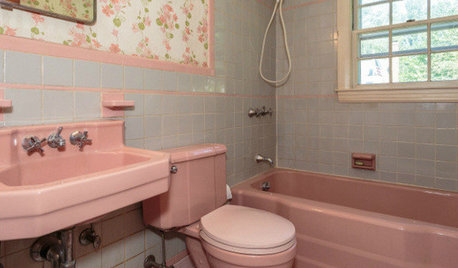
BATHROOM COLOR8 Ways to Spruce Up an Older Bathroom (Without Remodeling)
Mint tiles got you feeling blue? Don’t demolish — distract the eye by updating small details
Full Story
INSIDE HOUZZInside Houzz: A New Look for Your Houzz Professional Profile
Learn about the new professional profile that better reflects your work
Full Story0
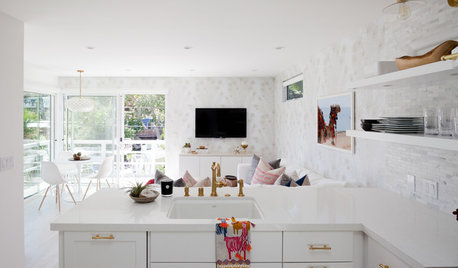
DECORATING GUIDESA Mobile Home Gets a Bohemian-Chic Makeover
Designer infuses world traveler’s guesthouse with tribal textiles, Moroccan tiles and kilim rugs
Full Story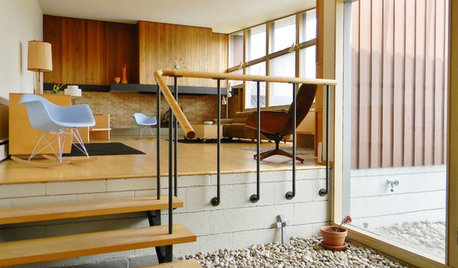
HOUZZ TOURSMy Houzz: Original Drawings Guide a Midcentury Gem's Reinvention
Architect's spec book in hand, a Washington couple lovingly re-creates their midcentury home with handmade furniture and thoughtful details
Full Story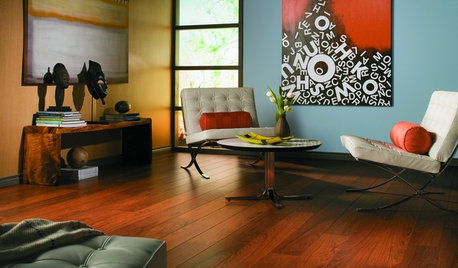
REMODELING GUIDESLaminate Floors: Get the Look of Wood (and More) for Less
See what goes into laminate flooring and why you just might want to choose it
Full Story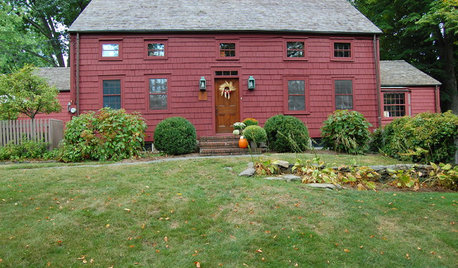
ECLECTIC HOMESMy Houzz: A Pre-Revolutionary Home for a Modern Family
A dedicated DIYer mixes colonial style with today's comforts to create a meaningful home for 5
Full Story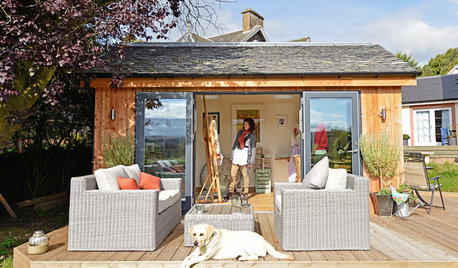
MOST POPULAR11 Nominees for the ‘She Shed’ Hall of Fame
These special sanctuaries let busy women get away from it all without leaving the backyard
Full Story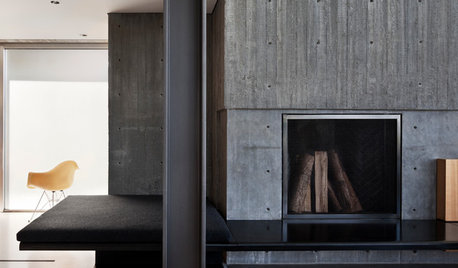
DESIGN PRACTICEDesign Practice: How to Ensure the Best Client Experience
Pro to pro: Learn about standard procedures to make clients happy and things easier on you
Full Story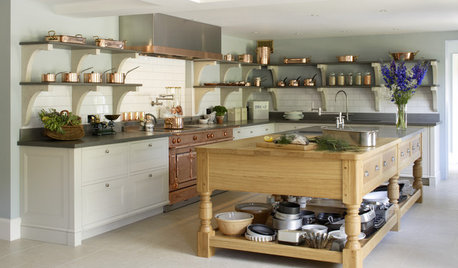
KITCHEN DESIGNA Modern Kitchen Inspired by Edwardian Style
Attention to detail and functionality make for a kitchen that is as beautiful to work in as it is to look at
Full Story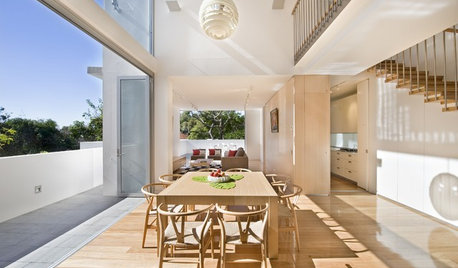
ARCHITECTUREAre Vaulted Ceilings Right for Your Next Home?
See the pros and cons of choosing soaring ceilings for rooms large and small
Full StoryMore Discussions






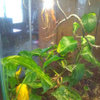
sahoyaref
sahoyaref
Related Professionals
Springfield Landscape Contractors · Cockeysville Landscape Contractors · El Sobrante Landscape Contractors · San Rafael Landscape Contractors · Teaneck Landscape Contractors · Winchester Landscape Contractors · Libertyville Fence Contractors · Tacoma Fence Contractors · Enumclaw Window Contractors · Linthicum Window Contractors · De Luz General Contractors · Groveton General Contractors · Milford Mill General Contractors · Mishawaka General Contractors · Walnut Park General Contractorspaul_Original Author
garyfla_gw
nathanhurst
brooz
leafwhistle
sahoyaref
dfourer
paul_Original Author
sahoyaref
sahoyaref